The Livestock Monitoring Market is currently characterized by a dynamic competitive landscape, driven by technological advancements and increasing demand for efficient livestock management solutions. Key players such as DeLaval (SE), Allflex (US), and Zoetis (US) are at the forefront, each adopting distinct strategies to enhance their market positioning. DeLaval (SE) focuses on innovation through the development of advanced milking systems and herd management software, while Allflex (US) emphasizes the integration of IoT technologies to provide real-time monitoring solutions. Zoetis (US), on the other hand, leverages its extensive portfolio in animal health to offer comprehensive monitoring solutions that align with veterinary care, thereby enhancing its competitive edge. Collectively, these strategies contribute to a robust competitive environment, where innovation and technological integration are paramount.
In terms of business tactics, companies are increasingly localizing manufacturing and optimizing supply chains to enhance operational efficiency. The market structure appears moderately fragmented, with several players vying for market share. This fragmentation allows for diverse offerings, yet the influence of major players like Cargill (US) and Merck Animal Health (US) remains substantial, as they continue to expand their product lines and services to meet evolving customer needs.
In August 2025, Cargill (US) announced a strategic partnership with a leading technology firm to develop an AI-driven livestock monitoring platform. This initiative aims to enhance data analytics capabilities, enabling farmers to make informed decisions regarding herd health and productivity. The strategic importance of this partnership lies in Cargill's commitment to integrating cutting-edge technology into traditional farming practices, potentially setting a new standard in livestock management.
In September 2025, Merck Animal Health (US) launched a new digital platform designed to streamline livestock health monitoring and management. This platform incorporates advanced analytics and machine learning to provide actionable insights for farmers. The launch signifies Merck's focus on digital transformation, which is increasingly vital in a market that demands real-time data and proactive health management solutions.
In July 2025, Allflex (US) unveiled a new line of wearable monitoring devices for livestock, aimed at improving animal welfare and productivity. This product launch reflects Allflex's ongoing commitment to innovation and its strategic focus on enhancing the user experience through technology. By providing farmers with real-time data on animal behavior and health, Allflex positions itself as a leader in the integration of IoT in livestock management.
As of October 2025, the competitive trends in the Livestock Monitoring Market are heavily influenced by digitalization, sustainability, and AI integration. Strategic alliances are becoming increasingly common, as companies recognize the need to collaborate in order to leverage complementary strengths. Looking ahead, competitive differentiation is likely to evolve from traditional price-based competition to a focus on innovation, technological advancements, and supply chain reliability. This shift underscores the importance of adaptability and forward-thinking strategies in a rapidly changing market.


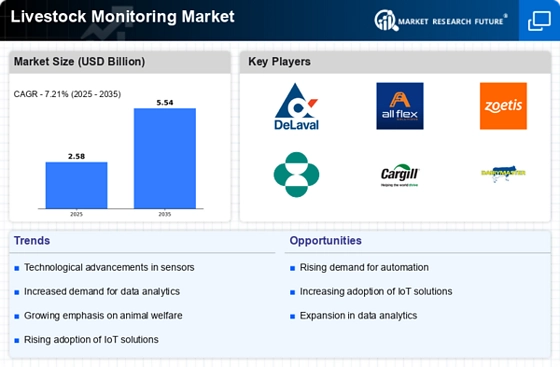
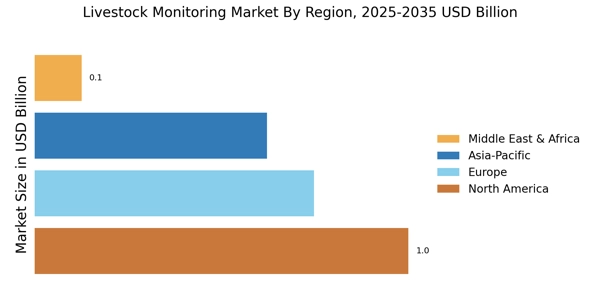


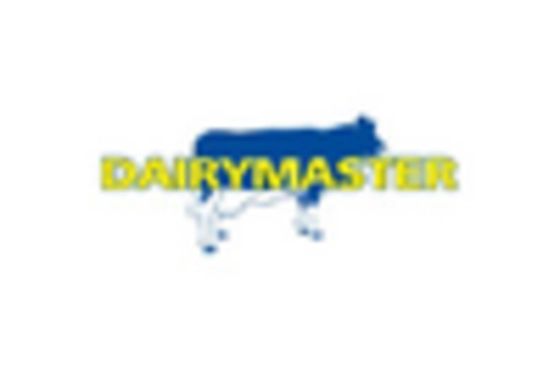
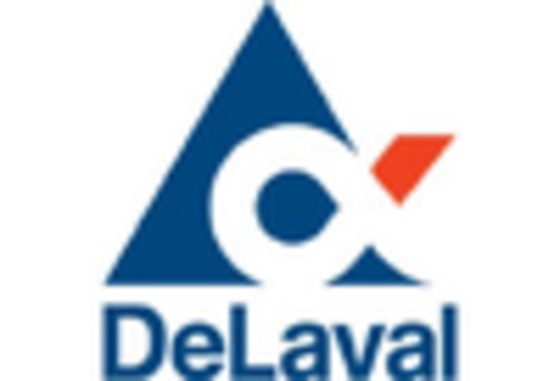

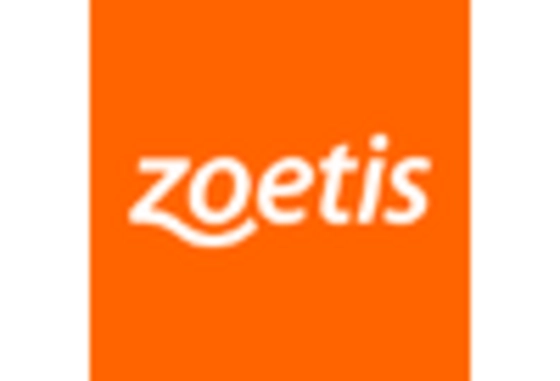








Leave a Comment